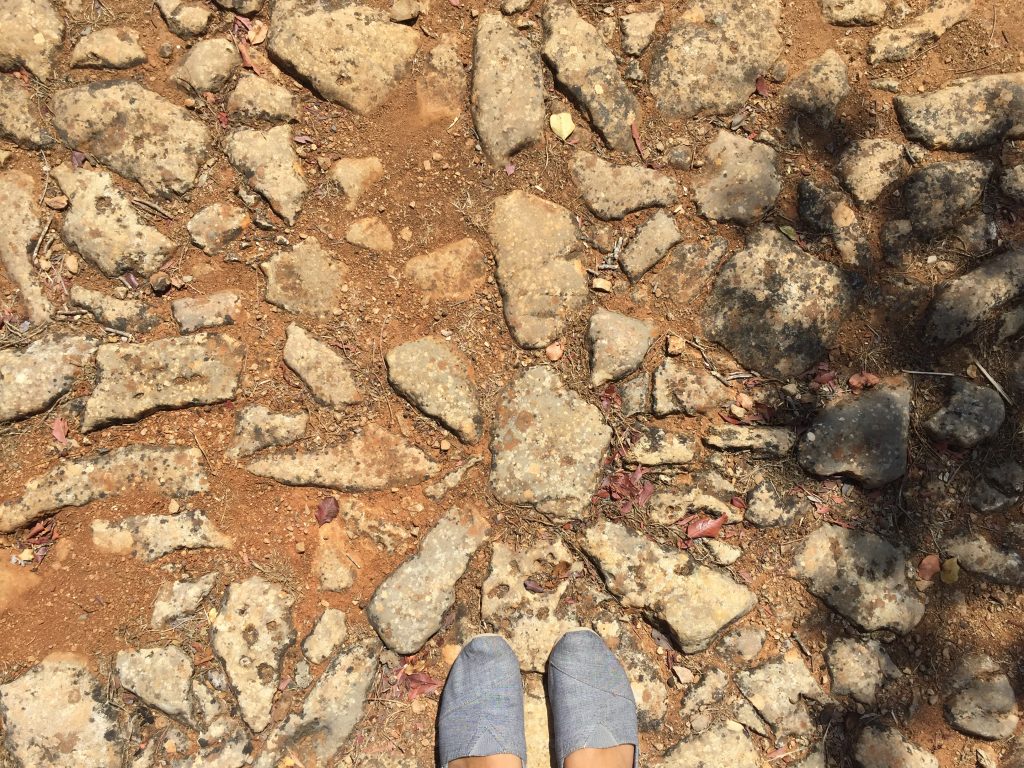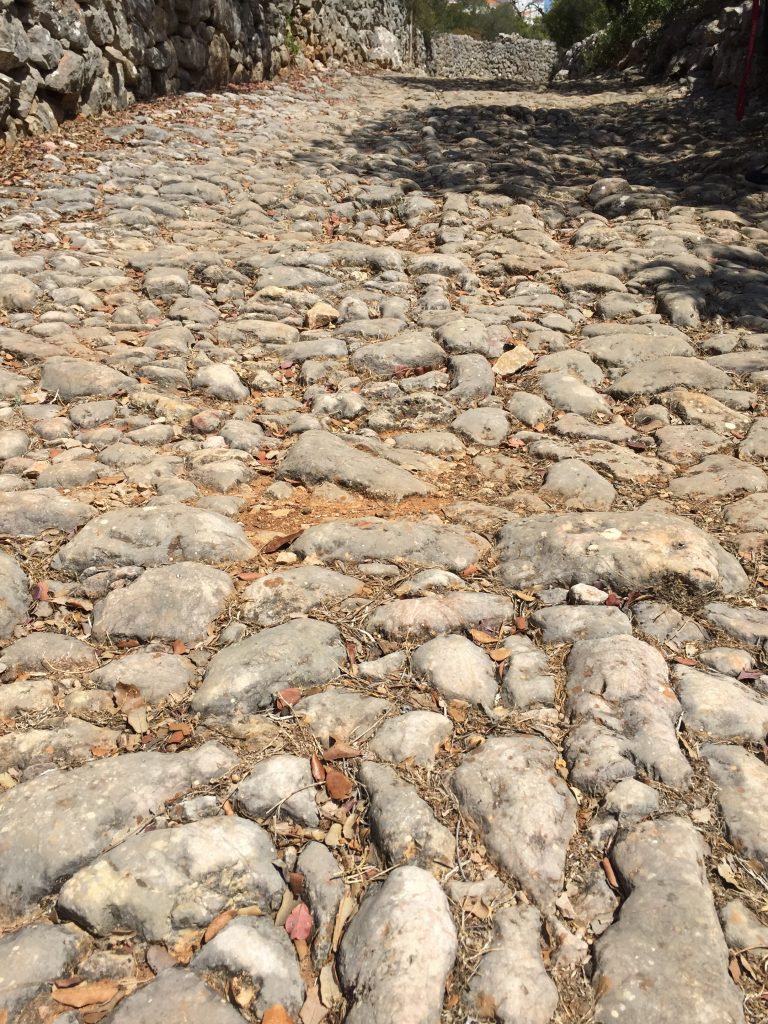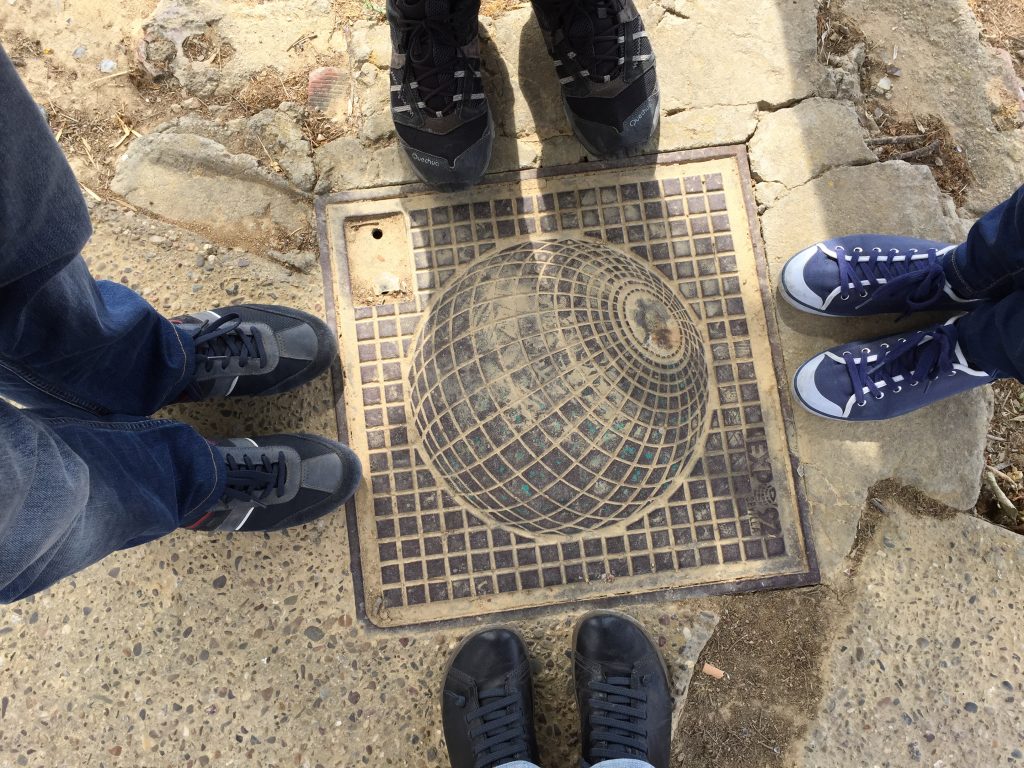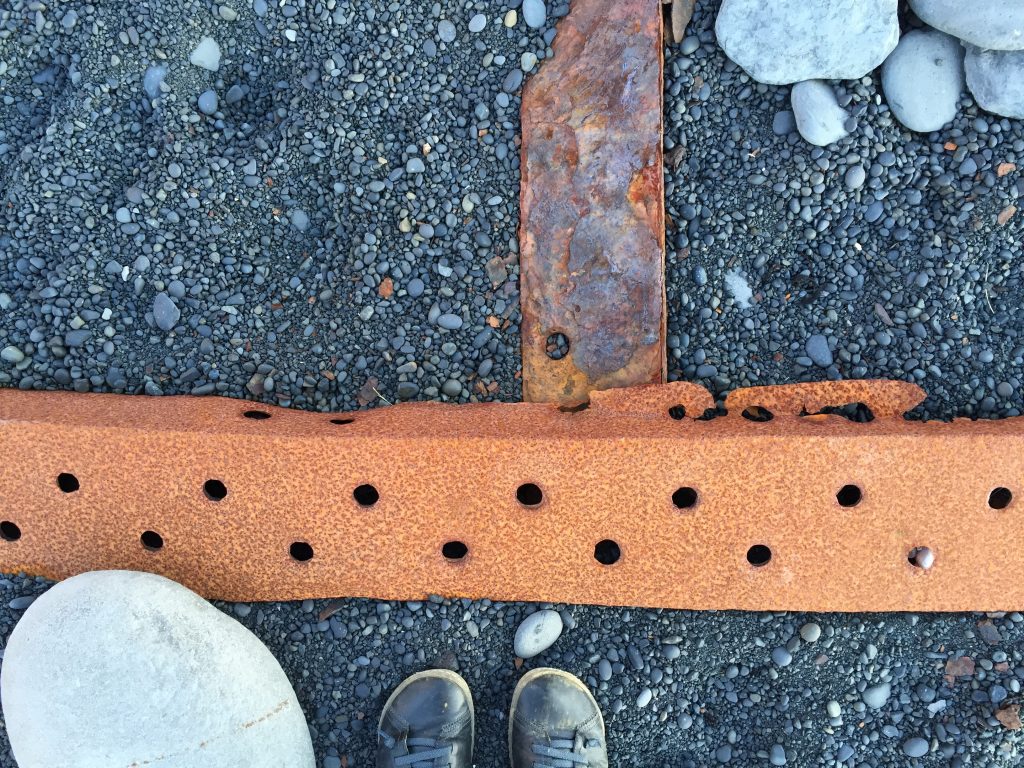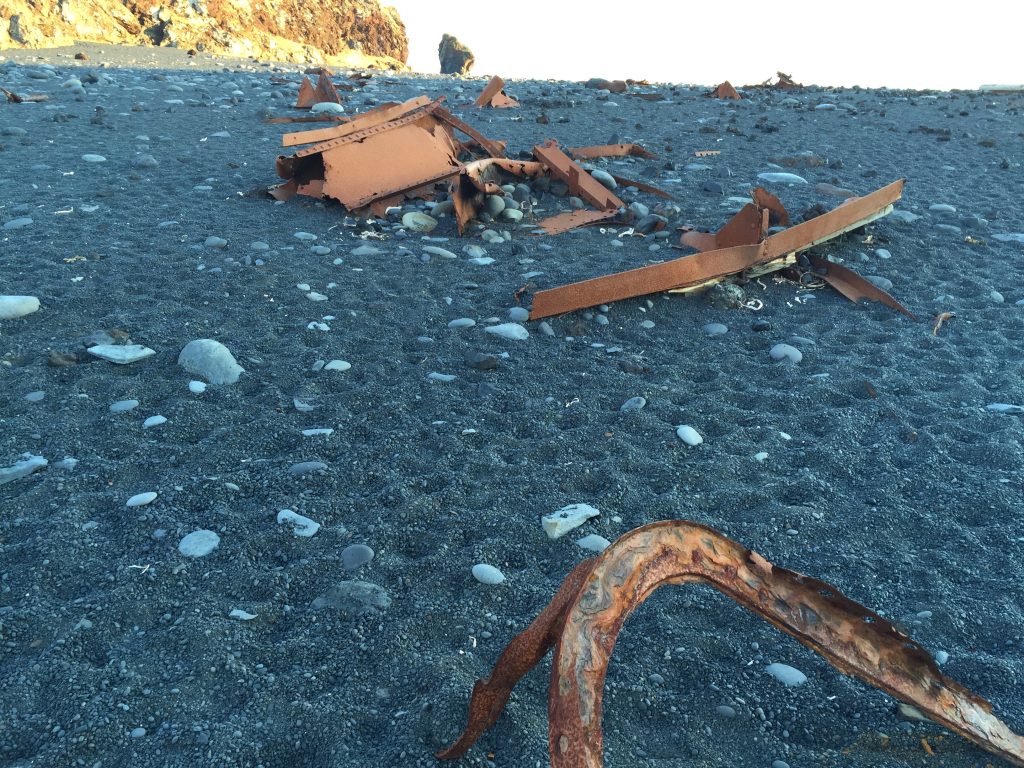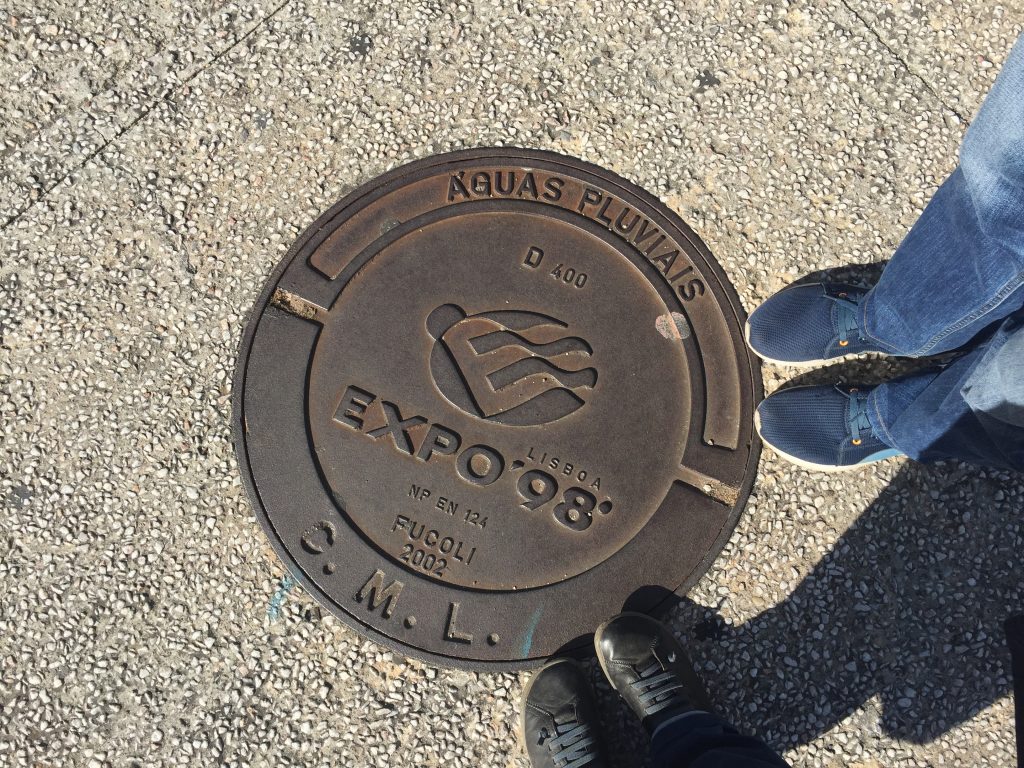i’m a bit behind on posts around here, but now that we’re back home, i plan to catch up with all our adventures in the land of maple syrup. these posts will be backdated, so that hopefully they’ll more or less match our time in canada.
so first up, here’s something cool that you don’t see much of in europe — sidewalk stamps.
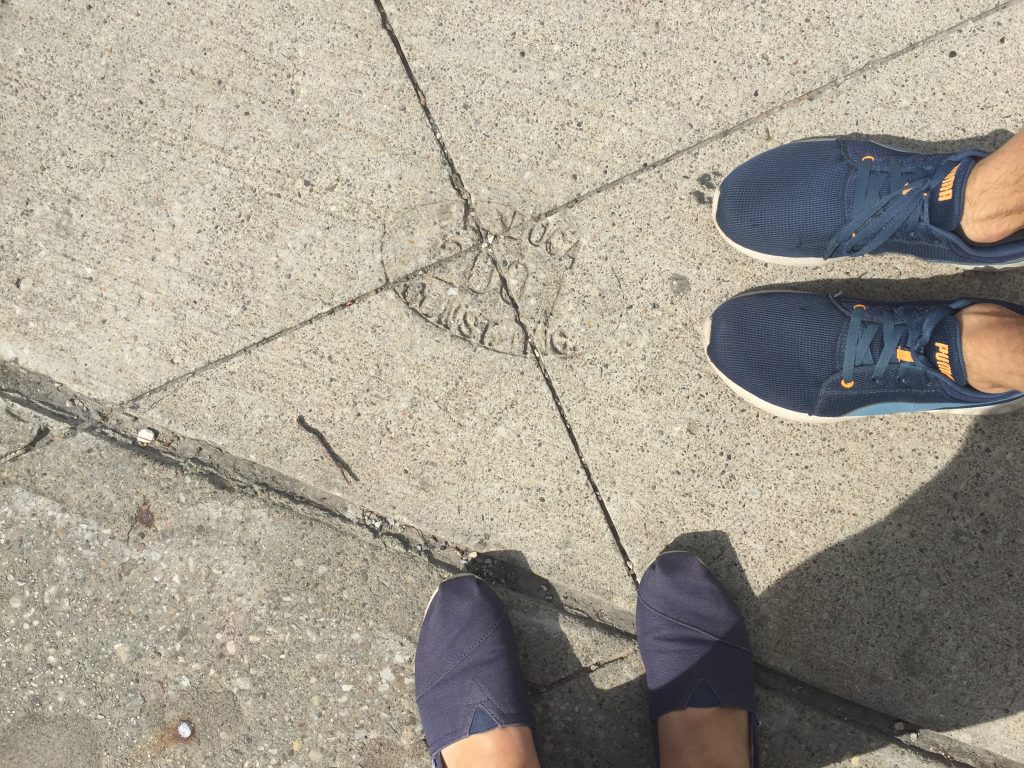
the concept of cement sidewalks and driveways feels like a very north american thing to us. sure, we have them here as well, but more often than not there’s also stone pavements, calçada, or small blocks that fit together to create a pattern. and when we do cement for sidewalks, we don’t much care who put it there — probably the municipality, who will have to repave everything when it cracks.
but in north america, cement comes with these “stamps” that let you know which company paved that bit you’re walking on, and when it got done. i find it sort of poetic, as if pavements were masterpieces being signed by their artists.
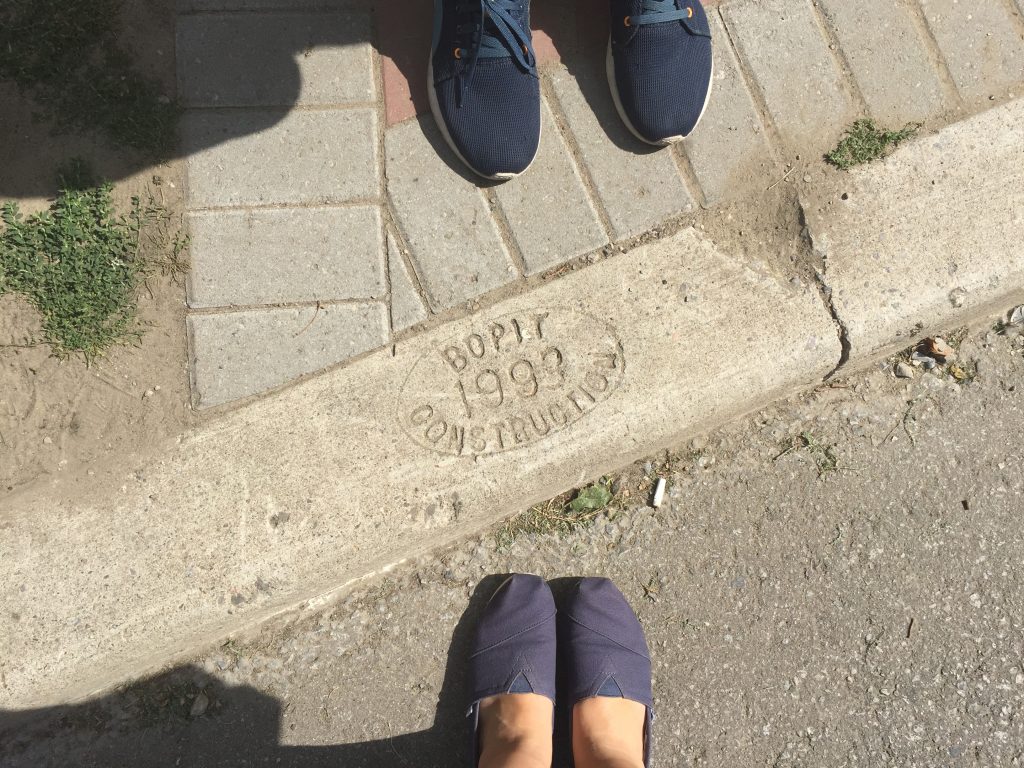
they’re also a good way to see history right under our feet. many of these pavements (though not the ones i photographed in central toronto) have been around for over 100 years and are still being used. sometimes, footprints (or paws!) get embedded there and are still visible, long after their owners grow up or move away.
all around us, people are making things and leaving dents in the world, and sometimes, whether they meant to or not, these marks stay around for a long time — and i kind of like knowing that. :)
hank has a whole video about this and he explains it better than i do, so go watch it!

